The Scenic Seaweed Farms In Nusa Ceningan, And Gala Gala House Cave in Nusa Lembongan, Indonesia







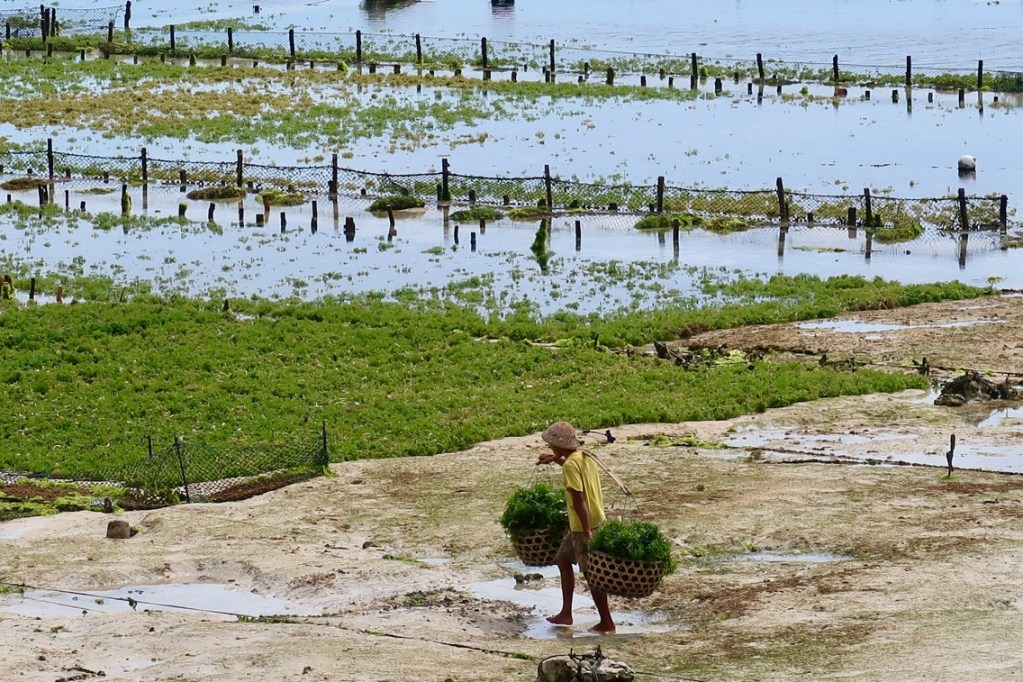







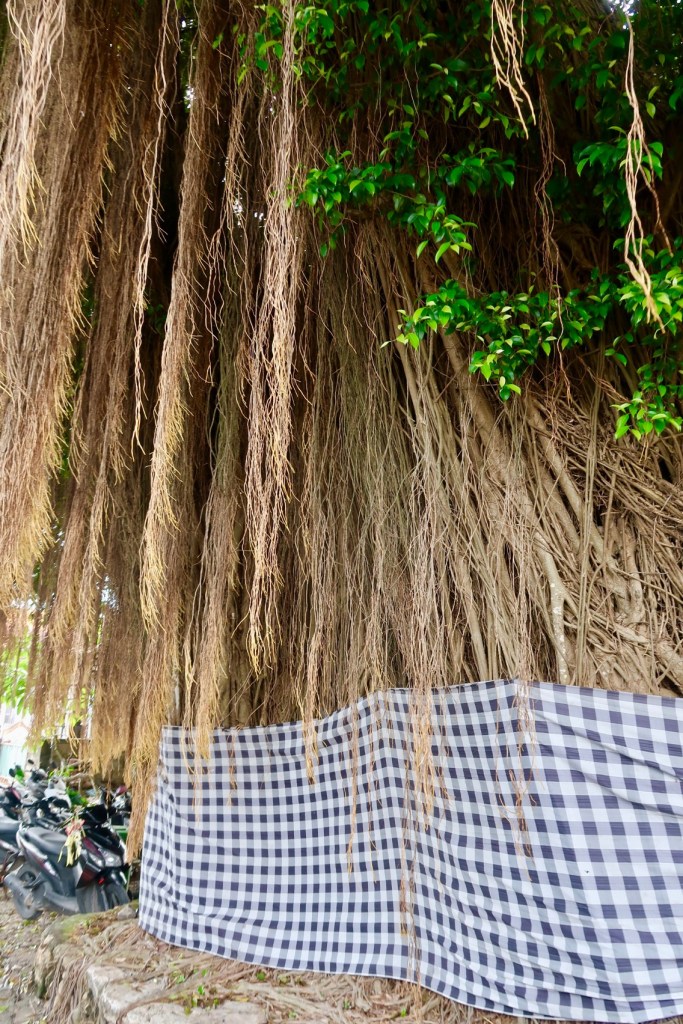
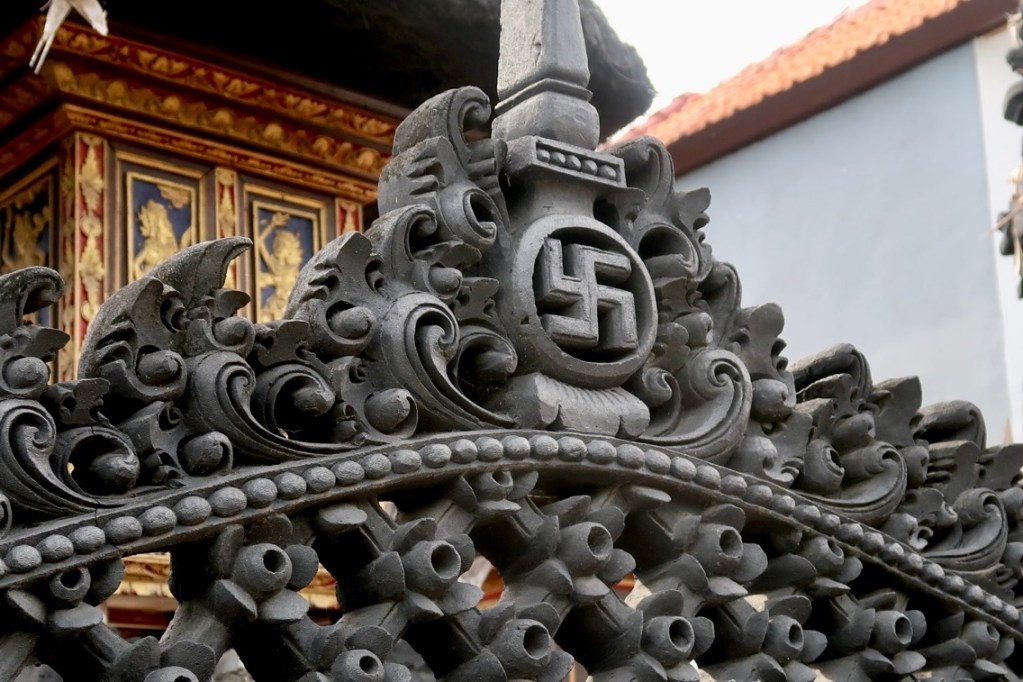


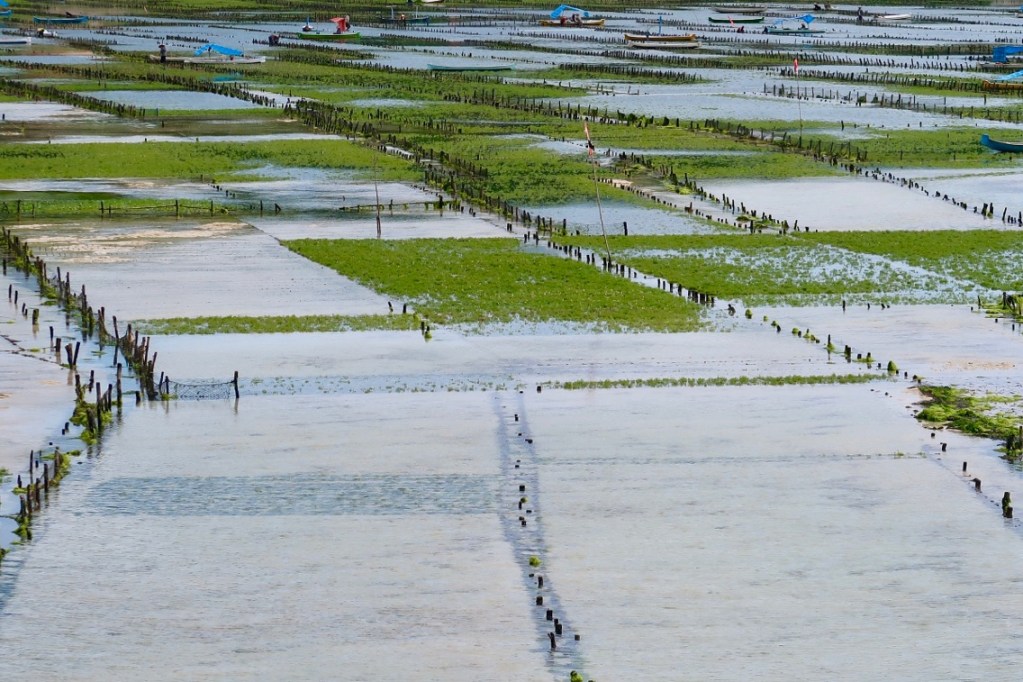
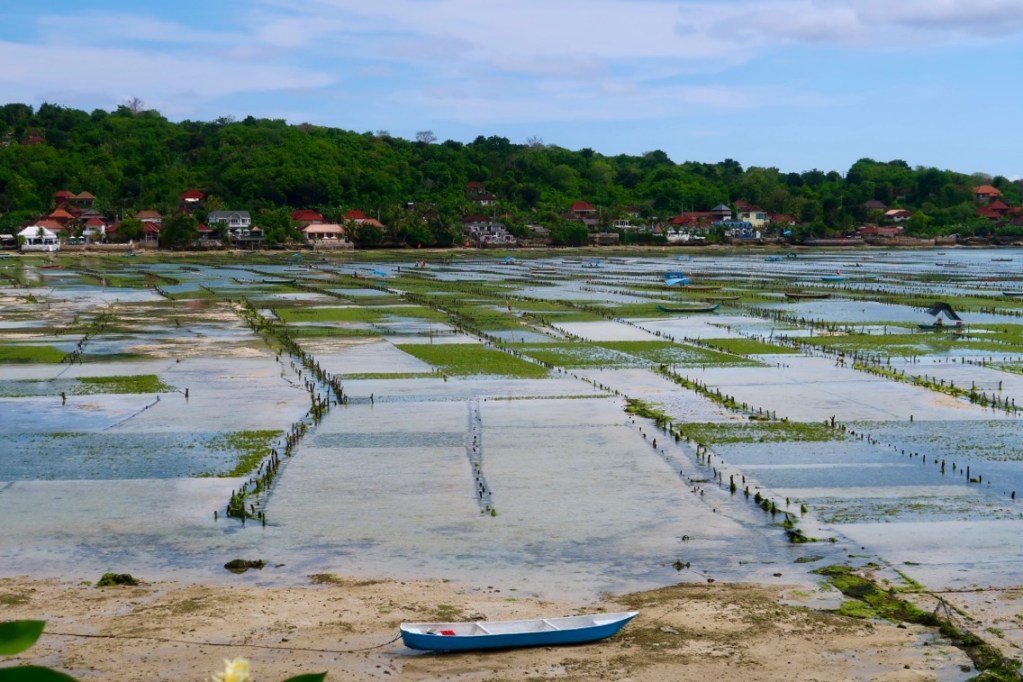
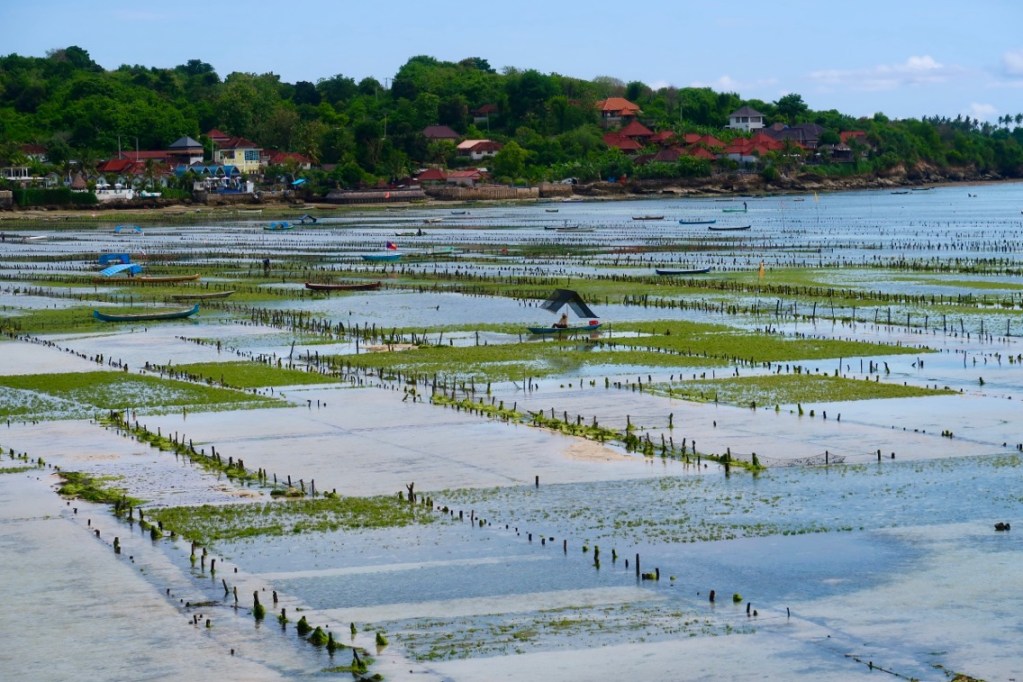





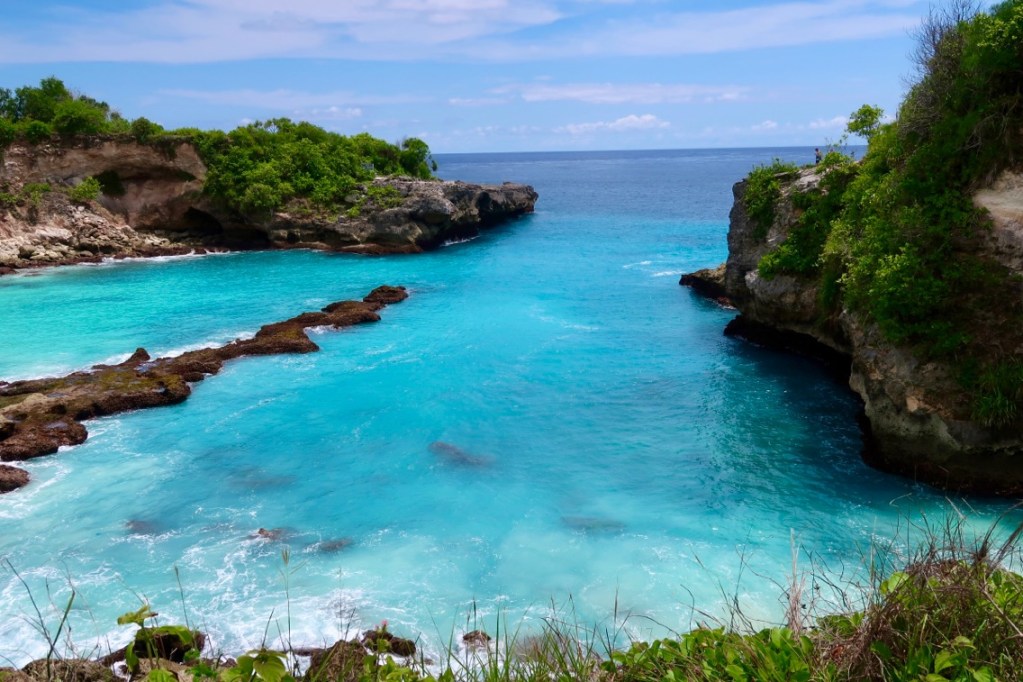




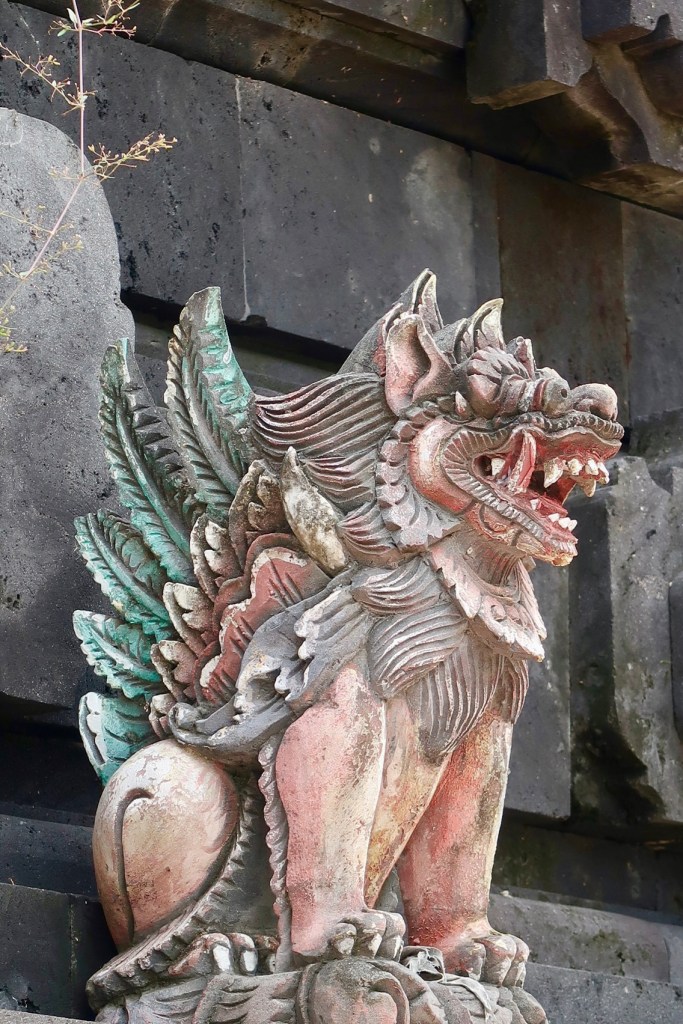



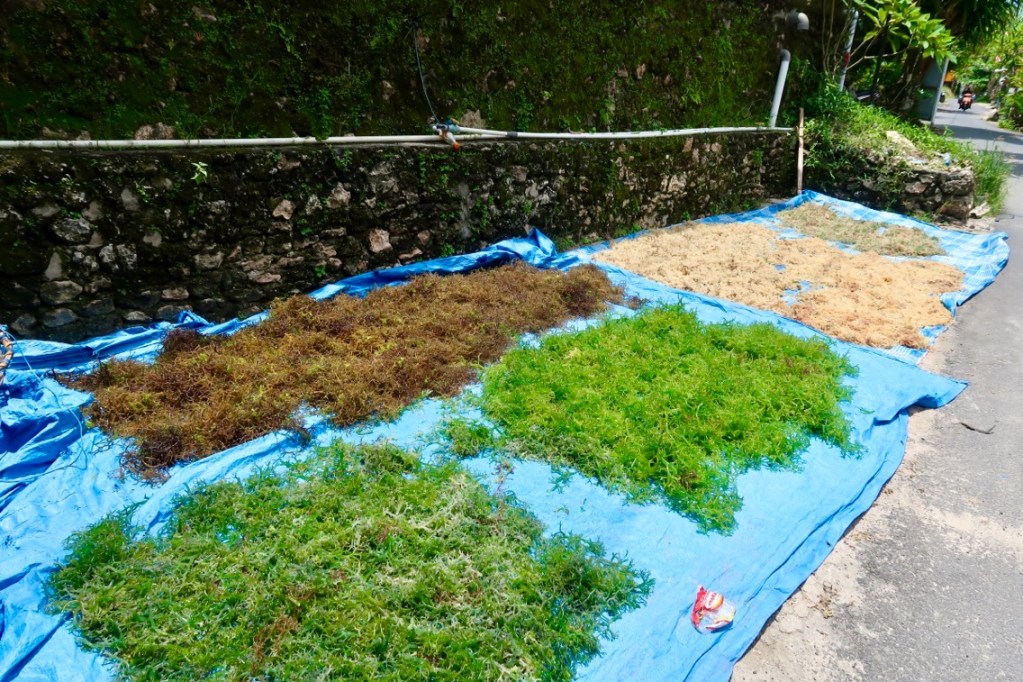










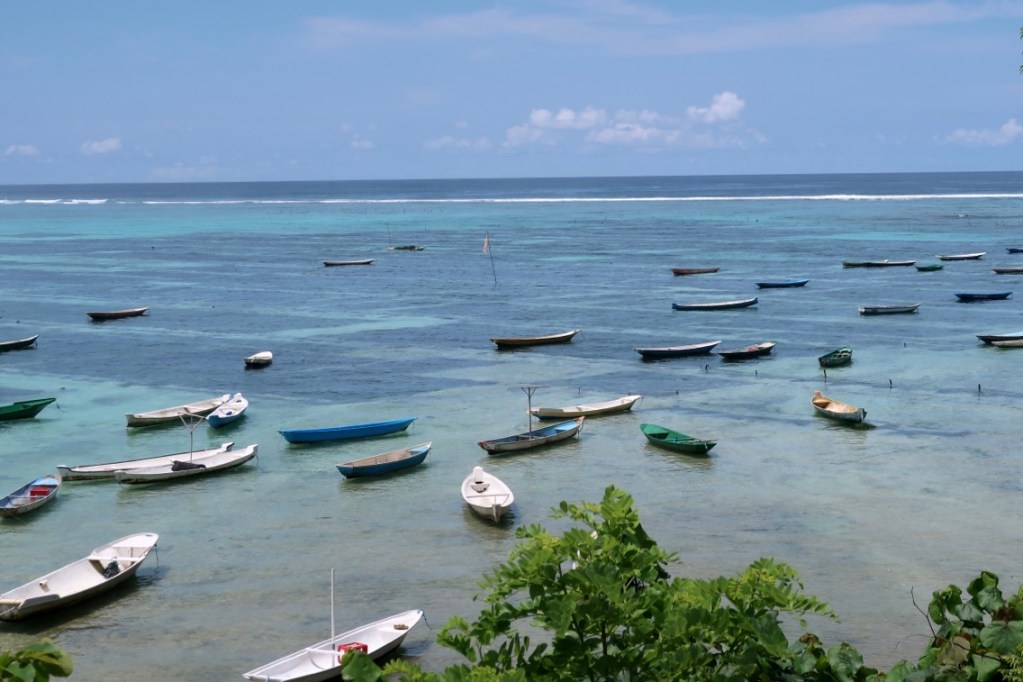


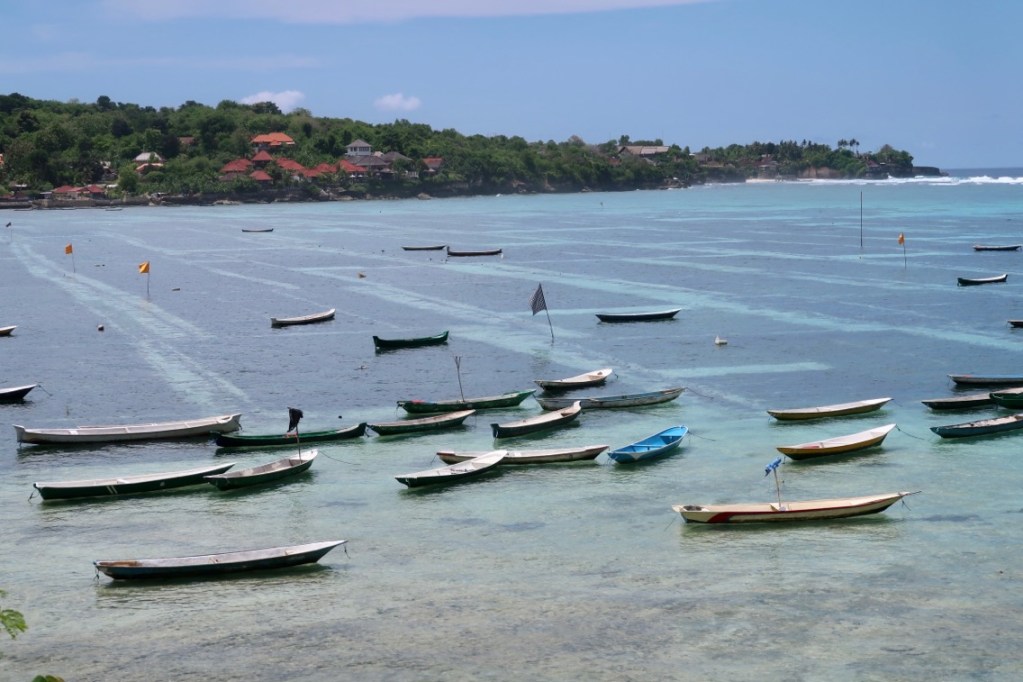

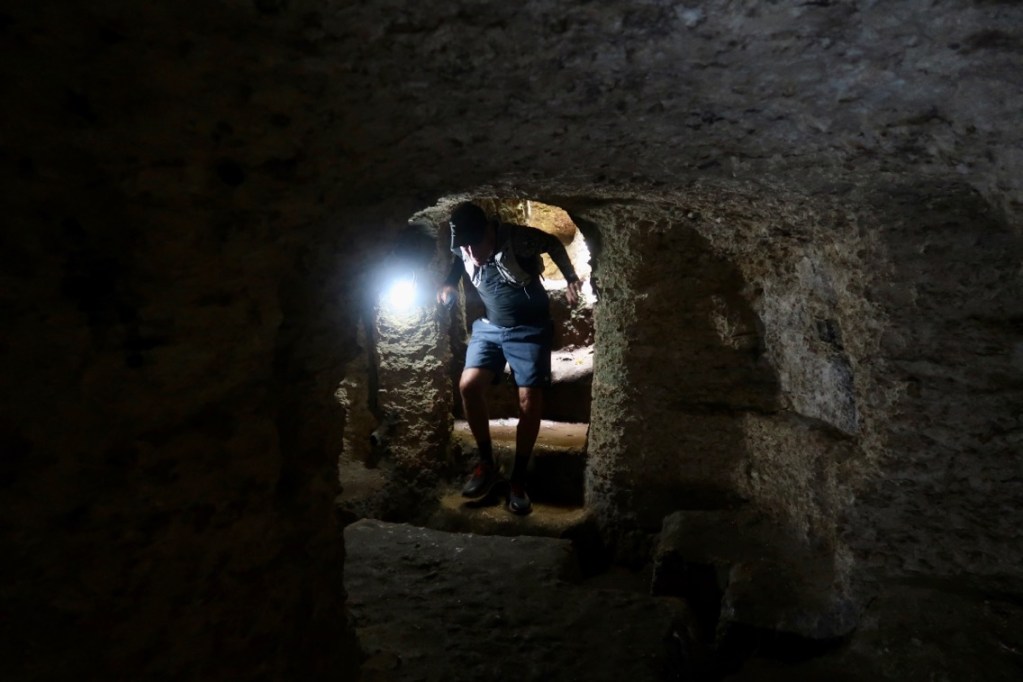






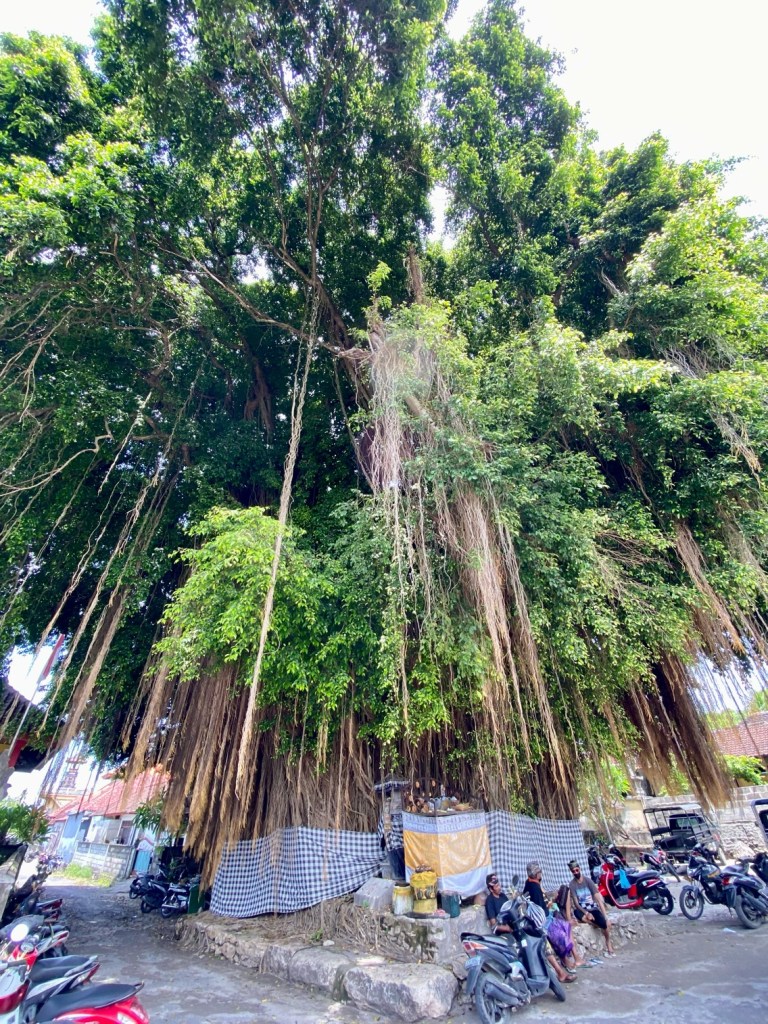
The Scenic Seaweed Farms In Nusa Ceningan, And Gala Gala House Cave in Nusa Lembongan, Indonesia
The island of Nusa Ceningan is connected to Nusa Lembongan by a narrow, yellow bridge, which can only be crossed on foot or by scooters, as no cars are allowed.
We decided to combine our daily run with some exploration of Lembongan and Ceningan islands.
We left right after breakfast, in order to have a full day of sightseeing and return before dark.
The roads on the islands are narrow, but we were able to run part of the way on alternate roads, that were so deteriorated no buggies or scooters were on them.
It felt like trail running and we even had some hills to climb, which was a bit challenging.
On Lembongan, we visited the oldest banyan tree on the island.
Banyan trees spread branches that become new roots, supporting heavy branches like pillars, that eventually become new tree trunks.
This majestic banyan tree was perhaps fifteen feet wide and very tall.
People gather below it to enjoy the shade and power of this giant tree.
If a tree can live for thousands of years, who says that humans are destined to live only a short 125 years?…
Just a few streets from the tree, there is a house that is an underground cave.
It is called the Gala Gala Underground house.
Here is what the sign says:
“This underground house is a cave that was built by Madē Byasa.
The area of the cave is about 500 square meters underground.
Madē Byasa was a farmer, a dancer, a MANGKU DALANG (puppet shadow performer), and a priest as well.
He often read the Hindu epic stories as part of his shadow puppetry show.
The Hindu epic that inspired him the most was the MAHABHARATA.
One of the episodes in the MAHABHARATA tells of Wana Parwa, who tells Pandawas Lipe to hide in the forest for 12 years because of his gambling debt to the Kowaras.
Pandawas was challenged to live a life in hiding, in order to be safe.
He believed that the Kowaras would kill him and his whole family.
In the jungle, he built a cave and called it Gala Gala.
Madē Byasa was inspired to build the cave from this story.
He started building the cave in 1961 and finished it in 1976.
He worked day and night using only hand tools.
His cave consists of seven small rooms, two kitchens, a meditation sitting room, two bedrooms, three ventilation entries and a water well.”
The story is interesting, but the cave seemed narrow, damp and dark, and we showed our amazement when we were told that there was a couple staying in one of the bedrooms overnight.
It is hard to imagine that Madē Byasa and his family lived in it for years, when the land above was full of mango trees, huge sheltering jackfruit trees and a blue sky and sea.
From there, we ran to a cafe overlooking the bay to have a cool drink and a rest.
The bay between Lembongan and Ceningan is covered with seaweed farms.
It is probably the most picturesque seaweed farm area I have ever seen.
Hundreds of people farm seaweed in the bay, although we were told that they all originated from the five families who started the seaweed farming in this area.
We crossed the yellow bridge and ran to the very tip of Caningan island, where we had fabulous views of the blue lagoon.
After having a smoothie bowl lunch and cool drinks, we ran back to the bridge.
Along the way, we met an Australian who retired early to live in Nusa Ceningan.
He now owns and operates a small resort with five villas, one of which he occupies with his wife.
He was working in real estate in Melbourne, and now he can live in Bali and pay the resort lease annually, and still have some leftover money, just from the rental income of his house in Melbourne.
We talked about the challenges and expectations of operating a small resort on a very small island, about his ideas for a menu for the restaurant in the resort, and about his renovation plans to brighten up the place.
We wished him good luck and continued running back to Lembongan.
It was late afternoon, and the tide had pulled back to the sea., exposing the seaweed growing in the farms.
During low tide, the seaweed farms looked even more picturesque.
The workers were walking with woven baskets on their heads filled with seaweed.
We saw them dry the seaweed near their homes, and the whole family sits and sorts the seaweed.
Most of the seaweed goes to the cosmetic industry, although a small amount is also eaten in soups and used in cooking.
That night we tried a local Indonesian island dish, “Pepe Ikan,” fish marinated in spices, onions and tomatoes, wrapped in a banana leaf and grilled on coals.
It was delicious served with some rice.
I am falling in love with these islands.
Indonesia makes it easy for those who want to retire here, as long as they do not work or take jobs from the locals.
Maybe one day we also could make this island nation our home?….
With honor and love,
Tali